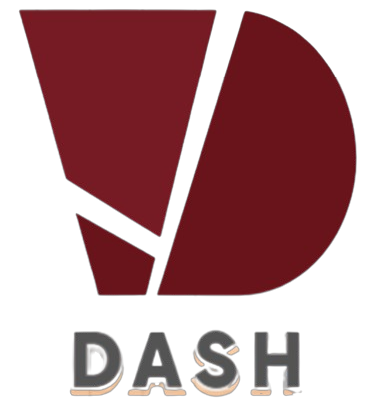When you join a project as a project manager, your first responsibility is not to assign tasks. Your first responsibility is to understand the project, the people, and the process.
Here’s a simple guide with checklists you can follow.
Understand the Project
First, take time to learn the project: What are we building? Why? What exists already?
Checklist:
- Ask for project documents (requirements, past notes, design files, etc.).
- Get access to the test environment (and any other environments available).
- Do exploratory testing: click around, try things out, check if what you see matches what you were told.
- Write down all your findings in your notebook.
- If you see something not working, unclear, or missing → record it in the Project Issue Log Sheet (not just your notebook).
- Read everything that has been created or planned before you joined.
👉 Tip: Exploratory testing means you’re just exploring with curiosity — not to “pass” or “fail” something, but to learn.
Understand the People
Projects are built by people. You need to know who’s who and how to reach them.
Checklist:
- Ask: “Who is the backend developer? Who is frontend? Who is the product designer?”
- Write their names, emails, phone numbers, and roles in your notebook.
- Pay attention to who responds quickly and clearly in group chats.
- Call or message one active person privately:
- Ask them to explain the project from their perspective.
- Share what you understand. Compare notes.
- Write down differences and new insights in your notebook.
- Start building a relationship with at least one teammate you can rely on.
👉 Tip: Whoever responds to you the most is usually a good “first ally.”
Understand How Things Work (the Process)
Every project has a way of working, even if it’s not documented. Your job is to uncover it.
Checklist:
- Ask: “Do we have weekly meetings? When’s the next one? Can I be added?”
- Ask: “Is there a daily stand-up? Where can I find the notes or updates?”
- Ask: “Where are tasks tracked? (Trello, Google Sheet, Jira, Monitora?)”
- Ask: “Who updates the tasks, and how often?”
- Ask: “What is the normal flow of work? (e.g. Does frontend start, then backend, then QA tests?)”
- Write down the answers in your notebook.
- Look at one teammate’s current task → write what you understood about it.
- If you notice gaps in how work is tracked or updated, log it in the Project Issue Log Sheet.
👉 Tip: Don’t assume you’ll be told everything upfront. Keep asking until you can describe the process back to the team clearly.
Build Knowledge Through Conversations
Every conversation is a chance to grow your understanding.
Checklist:
- If someone explains something new, write it down in your notebook.
- If you explain something and they learn from you, note that too.
- After each call or chat, update your notes with what changed in your understanding.
- Use every new detail to improve how you explain the project to others.
- If a conversation reveals a risk, confusion, or problem → add it to the Project Issue Log Sheet.
👉 Tip: Treat your notebook like your “second brain.” Everything goes there first — but issues must also go into the Issue Log so the whole team can track them.
✅ Your Goal in the Understanding Phase
By the end, you should:
- Know what has been built and why.
- Know who is on the team and how to reach them.
- Know the current process (even if it’s messy).
- Have started relationships with people who can guide you.
- Have a notebook full of your own notes.
- Have contributed to the Issue Log so the team stays aligned.
If you skip this phase, you’ll always feel lost. If you follow it, you’ll quickly earn trust and confidence.



